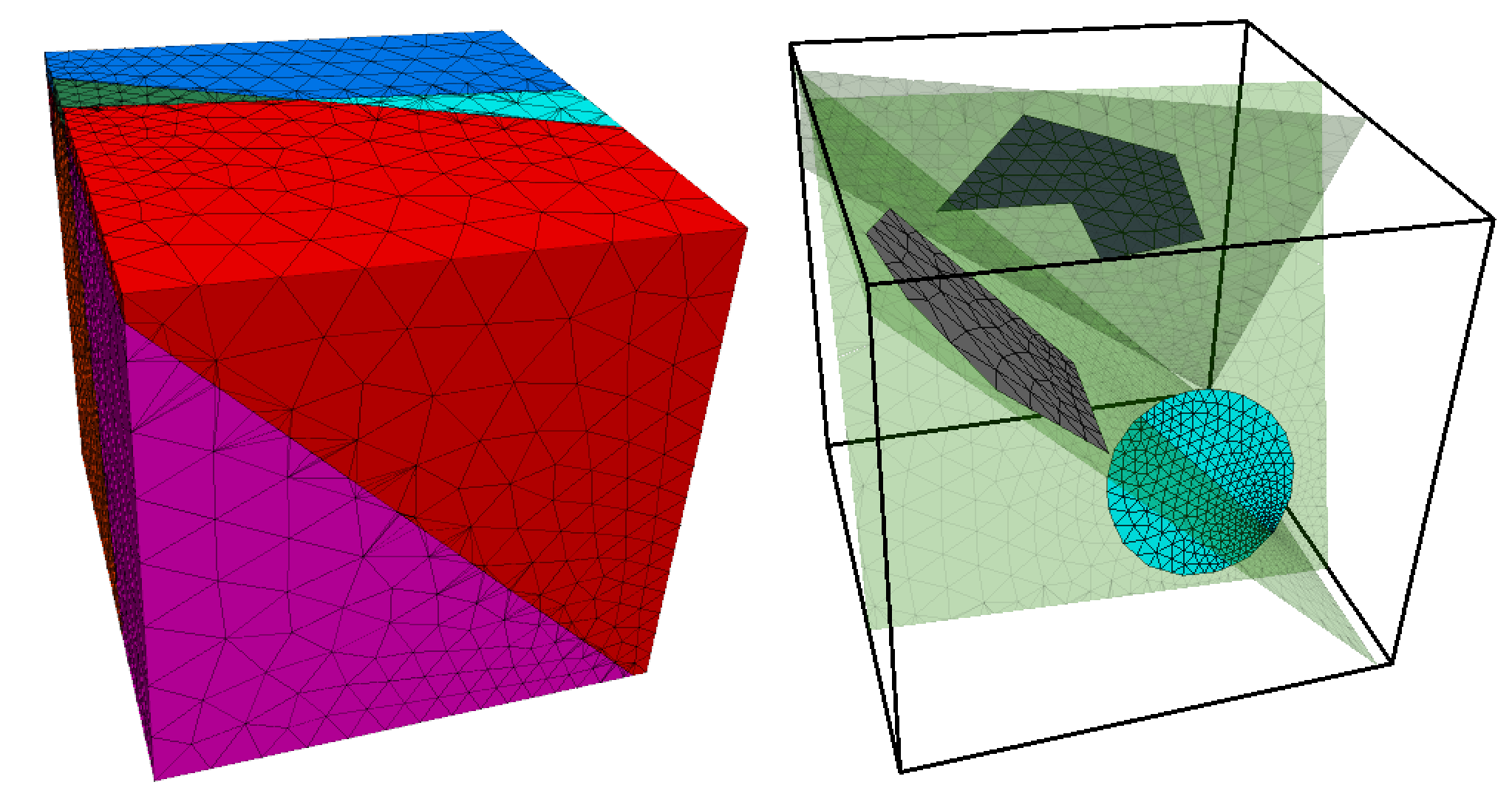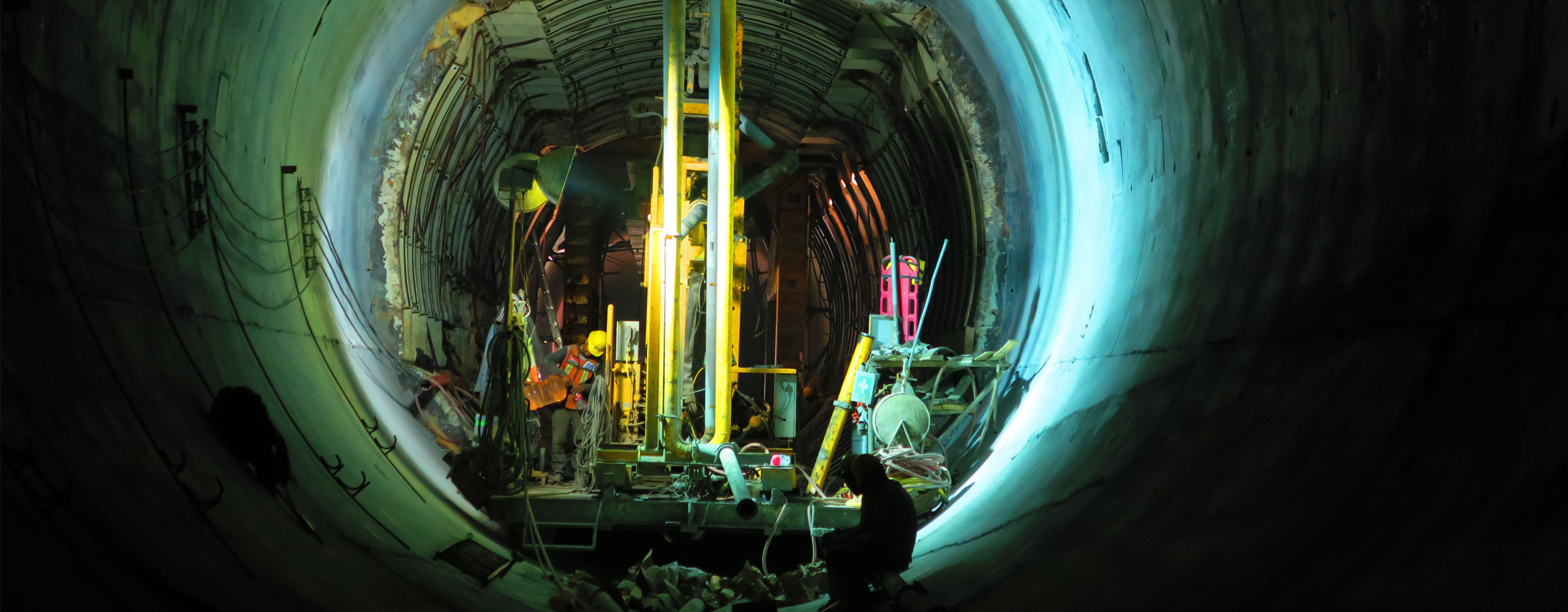This website uses cookies to ensure you get the best experience on our website.
This policy applies to the website www.itasca.se (hereinafter referred to as "the Site")
1. Cookies are deposited by Itasca Consultants AB
A cookie is a small text file in alphanumeric format that is deposited on the user's hard drive by the server on the site visited or by a third-party server (ad network, web service, etc.). When you log in to our site, we can install different cookies on your device. The cookies we issue are:
- cookies needed for your navigation
- cookies that allow statistics to be made
- cookies analyze your browsing.
In accordance with the provisions, cookies are saved for 13 months.
2. Cookies issued due to third party programs that are integrated on our site
By browsing our site, you can click on the "social networking" buttons to view our LinkedIn profile and our Youtube page. By clicking the icon that corresponds to the social network, the latter will probably identify you. If you are connected to the social network during your navigation on our site, sharing buttons can link the content associated with your user account. Google, through Google Analytics, places cookies and tracks the audience of the site. We cannot control the process used by third-party applications to collect information about your browsing on our site. We encourage you to consult their privacy policy policies to learn how to use the navigation information they can collect.
3. Management of cookies
When you visit our site for the first time, a cookie banner appears indicating that cookies are being used. Please note that further navigation on the site corresponds to your consent to the use of cookies by Itasca Consultants AB. You can at any time choose to customize the management of cookies according to your preferences, disable them or express another choice by going to the "Settings" of the browser you are using. If you decline the use of cookies, you will no longer have access to a number of features that are necessary to navigate in certain parts of our site.
4. Your rights
In accordance with the new EU directive GDPR, you have the right to access, correct, and remove your personal data from our registry. You also have the right to transfer data and the right to withdraw your consent for processing of data. You can exercise these rights or ask questions by contacting us: jonny@itasca.se, or by regular mail: Itasca Consultants AB, Aurorum 2, SE-977 75 Luleå, Sweden. For more information on how we handle personal data and GDPR, see Client Data GDPR.
5. Transfers outside the EU
Itasca Consultants AB, as a company in the Itasca Group, may transfer some of your data to entities outside the European Union (especially in the United States). In any event, Itasca Consultants AB undertakes to transfer your data to entities with sufficient guarantees for the protection of personal data through the implementation of binding company rules of standard agreement approved by the European Commission. You can consult these documents by sending your request to jonny@itasca.se.


